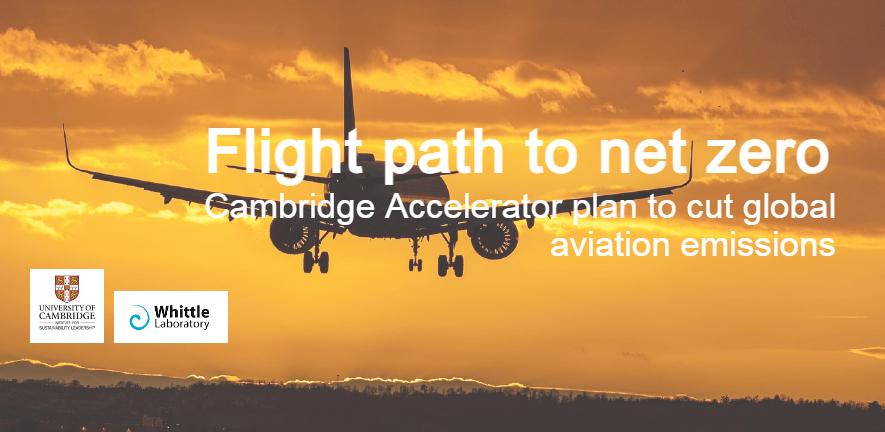
Global aviation could be on a flight path to net zero if industry and governments reach just four goals by 2030, according to a new report from the University of Cambridge.
An ambitious five-year plan created by the Aviation Impact Accelerator (AIA), a project led by the University of Cambridge and hosted by the University’s Whittle Laboratory and the Cambridge Institute for Sustainability Leadership (CISL), sets out four Sustainable Aviation Goals over the next five years that could help the sector navigate to net zero emissions across the world by 2050.
“Aviation stands at a pivotal moment, much like the automotive industry in the late 2000s.
Back then, discussions centred around biofuels as the replacement for petrol and diesel – until Tesla revolutionised the future with electric vehicles.
Our five-year plan is designed to accelerate this decision point in aviation, setting it on a path to achieve net zero by 2050,” Professor Rob Miller, Director of the Whittle Laboratory.
If the goals are not implemented immediately and achieved by 2030, the opportunity for transformation could slip away, leaving the world to face the escalating climate impacts of a rapidly growing aviation sector, which is projected to at least double its emissions by 2050. Aviation is a major contributor to climate change, accounting for 2-3% of global CO2 emissions and 4% once the non-CO2 climate impacts are included.
Despite ambitious pledges from governments and industry, the aviation sector remains significantly off course in its efforts to achieve net zero by 2050. The report, titled Five Years to Chart a New Future for Aviation, outlines four actionable steps that must be initiated immediately and completed within five years if the sector is to get itself on track for that goal.
The report will be presented to industry leaders at Climate Week NYC as part of events hosted by the Sustainable Markets Initiative, founded by King Charles III.
For the full report click the link here.
Read the original University of Cambridge article.
Image credit: JFK_Photography

